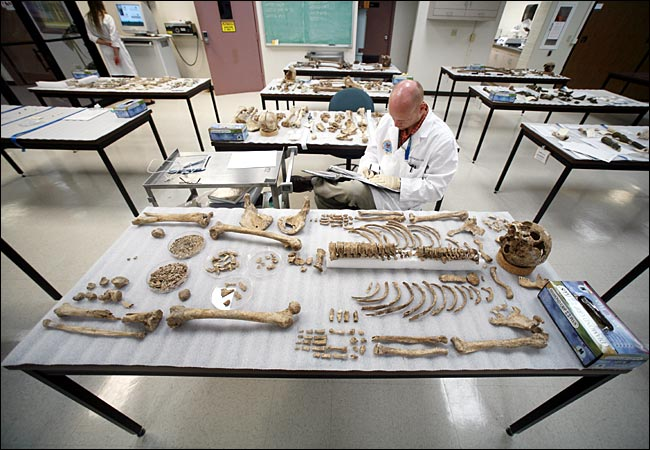Anthropology: Understanding Human Anatomy in the Wilderness
Anthropology plays a crucial role in understanding not only our cultural heritage but also the biological aspects of humanity. This page delves into the fascinating study of human bones, offering insights into distinguishing between male and female skeletal structures. By exploring these topics, participants will gain a deeper appreciation for human anatomy, which is essential in survival situations and bushcraft practices.

The Fundamentals of Human Anatomy
Anthropology, particularly biological anthropology, examines the physical development of the human species. Understanding human bones is integral to this field, as our skeletal structure provides vital clues about our ancestry, health, and even behaviour. In bushcraft and survival training, knowledge of human anatomy can be remarkably beneficial. For example, in emergency situations, recognising skeletal features can assist in identifying individuals, which can be crucial for search and rescue operations. A basic understanding of human anatomy not only aids in forensic contexts but also enriches our comprehension of the human condition and our connection to nature.

Distinguishing Between Male and Female Bones
One of the key aspects of anthropological study is learning how to differentiate between male and female skeletal characteristics. Male and female skeletons exhibit distinct traits, primarily in the pelvic area and certain skull features, which anthropologists have used for centuries to identify gender. For instance, the pelvic inlet is generally wider in females, accommodating childbirth, while males tend to have a more robust and narrower pelvis. Similarly, skull features such as brow ridges and mastoid processes can indicate gender. Understanding these differences not only provides insight into human biology, but it is also a skill that can prove useful in survival scenarios, where knowledge of anatomy can help preserve human dignity and respect, even in the most challenging of circumstances.

The Importance of Anthropology in Survival Skills Training
Integrating anthropology into bushcraft workshops and survival skills training enriches the learning experience by providing a broader context for understanding human interactions with the environment. Participants in these workshops not only learn practical skills like foraging for food and building shelters but also gain insights into the human body's adaptability and resilience in survival scenarios. By understanding the anthropological aspects of human biology, participants can better appreciate the importance of nutrition, shelter, and safety in the wilderness. This knowledge fosters a deeper connection with nature and encourages a respectful approach to our surroundings, ensuring that as we learn to survive, we also honour the legacy of those who have come before us.
Ready to deepen your understanding of survival?
Contact us today for personalised bushcraft workshops that integrate anthropology and survival skills. Let's embark on this journey together!